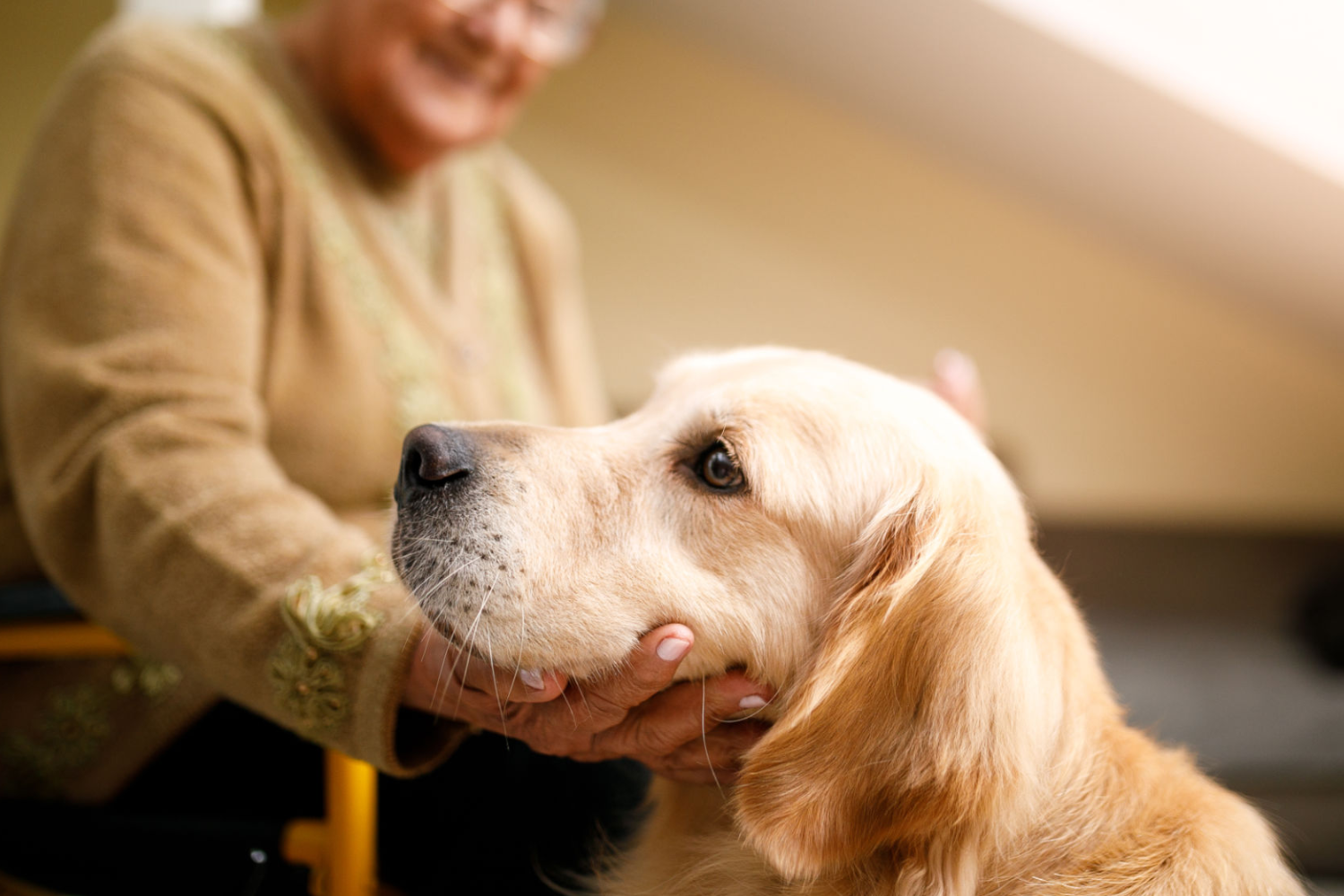If you’re thinking about training your dog to be a therapy dog, you may have several questions about the process. If so, don’t worry—we’ve compiled everything you need to know about training your dog to be a therapy dog in this article. We’ll answer such questions as What exactly is a therapy dog? and What are the requirements for becoming one? and What are the training steps I need to take? Let’s get started!
Training Requirements
Therapy dogs are required to meet certain training standards, usually set by an organization like Pet Partners or Delta Society. The training requirements vary depending on what type of therapy dog you want your dog to be. For example, for service dogs you will likely have less intense and rigorous training than for therapy animals since these animals won’t be working with people with disabilities.
Types of Therapy Dogs
There are 3 different types of therapy dogs: emotional support dogs, companion dogs, and facility dogs. Emotional support therapy dogs offer comfort in times of trauma or anxiety. Companion therapy animals provide positive human-animal interaction for those with physical disabilities, developmental disabilities, or mental health disorders. Facility dogs help reduce tension and anxiety while they assist individuals with medical conditions in hospitals, schools, nursing homes, and retirement facilities.
Benefits of Having a Certified Pet as an Emotional Support Animal
Emotional support animals provide many health benefits for their owners. Some of these benefits include: reduced stress, anxiety, and depression, lowered blood pressure, increased relaxation, and overall improved quality of life. Animals are also known to improve social interaction by bringing families together. Since many therapy dogs can be trained to perform certain tasks such as opening doors and turning lights on/off they are often thought of as service animals, but not all service dogs are trained to do physical tasks.
What You Need Before Getting One
Before you get a therapy dog, you should check with your local veterinarian and make sure they agree it’s a good idea. You may want to talk with him or her about what type of dog would be best for your needs. Some dogs are good for visiting hospitals, schools, and nursing homes, while others are best for children with special needs. You also want to know if any health conditions could affect your dog’s ability to work as a therapy dog.
Resources for Finding Animals That Would Make Good Pets
People with pets are often perceived as happier and healthier than their pet-less counterparts. Studies have shown that people with pets have lower blood pressure, and rates of heart disease, stroke, lung cancer, diabetes, and depression are all lower among pet owners. If you’re interested in owning a therapy dog yourself or if you know someone who would benefit from having one visit them at home, it is important to select an animal that has been properly trained for its role. Below are several resources for finding such animals
Caring For A Therapy Dog
Before you even start training your dog to be a therapy dog, you need to make sure that they meet all of their health needs. They need their vaccinations in order and they should have no major health issues or problems. While you are getting your dog ready for being a therapy dog, take them to get all of their shots. You will also want them spayed or neutered before beginning any serious training with them so that they won’t distract people while visiting hospital patients.














